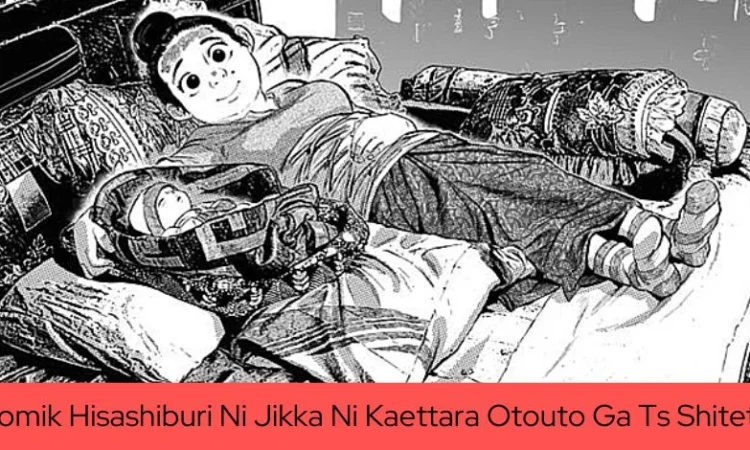komik hisashiburi ni jikka ni kaettara otouto ga ts shiteta
The Japanese language is rich with articulations that convey nuanced implications and social bits of knowledge. One such expression is “komik hisashiburi ni jikka ni kaettara otouto ga ts shiteta,” which typifies layers of feelings and encounters inside a couple of words. In this article, we dive into the significance, setting, and ramifications of this captivating Japanese articulation.
Grasping THE Significance OF THE Expression
Separating The Expression
The expression “komik hisashiburi ni ji,kka ni kaettara otouto ga ts shiteta” comprises of a few parts, each adding to its general importance.
Komik Hisashiburi
“Komik hisashiburi” means “it’s been too long” in English. It mirrors the feeling of reconnecting with somebody after a delayed nonattendance, conveying a feeling of wistfulness and commonality.
Jikka Ni Kaetta
“Jikka ni kaetta” signifies “got back” in English. It implies the demonstration of returning to one’s place of beginning or home, proposing a re-visitation of natural environmental elements and schedules.
Otouto Ga Ts Shiteta
“Otouto ga ts shiteta” means “my more youthful sibling had developed” in English. This piece of the expression suggests an acknowledgment or perception about the development or change in somebody close, explicitly a more youthful kin.

Setting And Use
Where Is The Expression Utilized?
The expression “komik hisashiburi ni ji,kka ni kaettara otouto ga ts shiteta” is regularly utilized in Japanese discussions, especially in relaxed environments among relatives or dear companions.
Social Importance
In Japanese culture, familial bonds hold critical significance. This expression mirrors the elements inside a family, featuring the delight of gathering and the clashing acknowledgment of the progression of time.
Varieties In Utilization
While the center parts of the expression stay predictable, there might be varieties in its utilization in light of the setting of the discussion and the connection between the speakers.
Understanding And Suggestions
Relational intricacies
The expression embodies the perplexing feelings experienced while rejoining with a relative after a drawn out nonappearance. It recognizes the progression of time and the progressions that happen inside familial connections.
Profound Undercurrents
There’s a feeling of sentimentality and warmth related with the expression, combined with a touch of despairing as one ponders the progressions that have occurred during their nonattendance.

Investigating JAPANESE LANGUAGE AND CULTURE
Japanese Language Intricacy
Japanese is prestigious for its complexities and subtleties, with articulations like “komik hisashiburi ni ji,kka ni kaettara otouto ga ts shiteta” embodying the profundity of significance conveyed inside a solitary expression.
Social Ramifications Of Language
Language mirrors the qualities, convictions, and normal practices of a culture. Through phrases like this, we gain understanding into Japanese cultural qualities, especially with respect to family, connections, and the progression of time.
CONCLUSION
“Komik hisashiburi ni jikka ni kaettara otouto ga ts shiteta” epitomizes the embodiment of Japanese language and culture, mirroring the complexities of familial connections and the progression of time. This expression fills in as a sign of the significance of association and the certainty of progress in our lives.
Which typifies layers of feelings and encounters inside brain
which theory suggests that physiological and emotional arousal occur simultaneously?
which theory of emotion relies heavily on cognition and labeling?
the james-lange theory of emotion proposes
theories of emotion pdf
cannon-bard theory of emotion
layers of emotions





